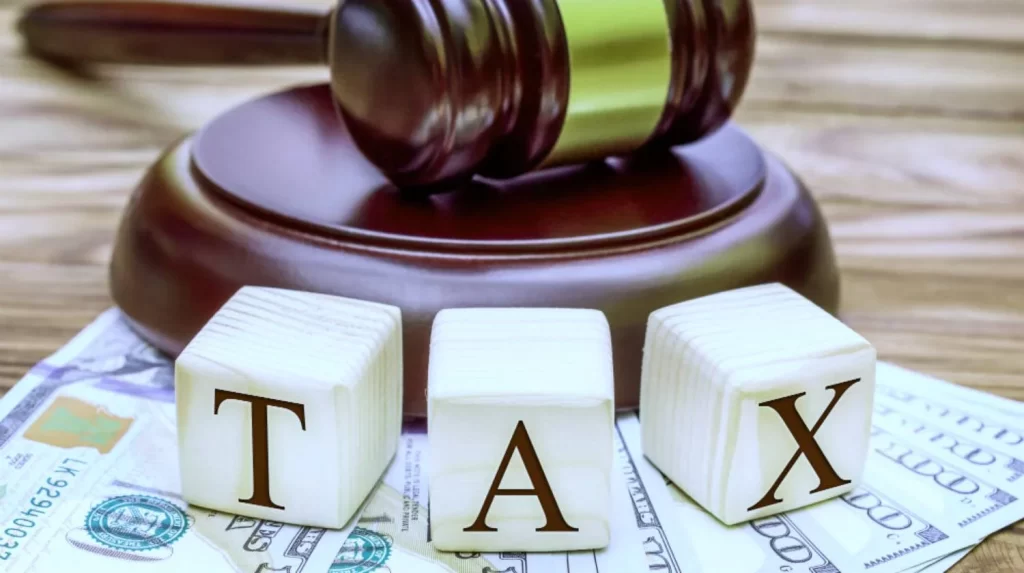The IRS calculates the underpayment penalty based on the short-term rate plus three percentage points. For example, if you owe $1,000 in taxes, you would pay the tax debt plus the short-term rate. But what if you owe only $100? Underpayment penalties could double to nearly twice the amount you owe. In such a case, the IRS will add an underpayment penalty interest rate to your tax debt.
For a farmer or a fisherman, the tax rules are different than for an employee. Before figuring out your tax underpayment penalty, consult a CPA or tax professional for the specifics of your situation. In general, an underpayment penalty equals one percent of the unpaid amount. In some cases, you can avoid the underpayment penalty by paying the full amount. But it’s best to check with a tax professional or accountant for clarification.
The IRS will usually waive an underpayment penalty if you can prove a good reason for not paying your taxes. This includes “willful neglect,” which means intentionally failing to pay your taxes. There are also special rules for people affected by federally recognized disasters. In most cases, these special rules are not applicable, but the IRS will provide a flow chart and guidance. These forms should be filled out promptly and accurately. The penalties for underpayments will increase to 4% on April 1, 2022.
While the IRS is unlikely to waive a tax underpayment penalty, there are ways to reduce the amount owed to the IRS. You may qualify for an exemption if you’ve changed tax filing status, for example. Also, if you’ve earned substantial income late in the calendar year, you can receive a reduced tax underpayment penalty. If you have already paid enough taxes for a year and have still been underpaying, you may request a waiver based on the reason you didn’t pay enough taxes. You’ll need to prove reasonable cause or inability to calculate your estimated income.
Estimated tax payments are due on the 15th day of the month following the calendar quarter. The quarterly deadlines are April 15, June 15, September 15, and January 15 each year. If the 15th falls on a weekend or holiday, you can pay the tax on the next business day. In the event you are late with an estimated tax payment, you can avoid a tax underpayment penalty by paying a minimum of 25% of your tax for the current year.
For the purpose of this example, Corporation XYZ owes $1,000 in estimated tax but didn’t pay the extra amount required under Order 2020-03. In that case, the underpayment penalty will be assessed on the 3rd installment. This case could apply to any number of situations. If the corporation makes the 3rd installment payment without adding the additional amount, it will be considered an underpayment of estimated tax for that period.

